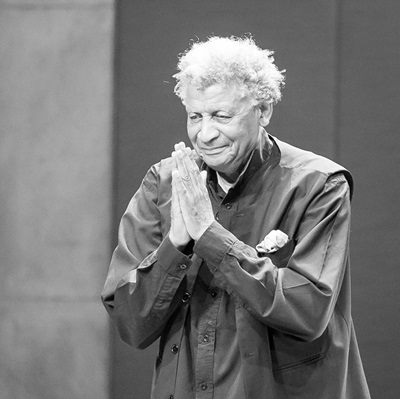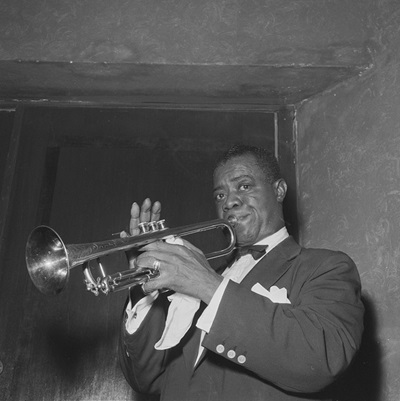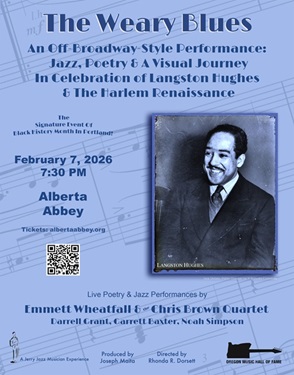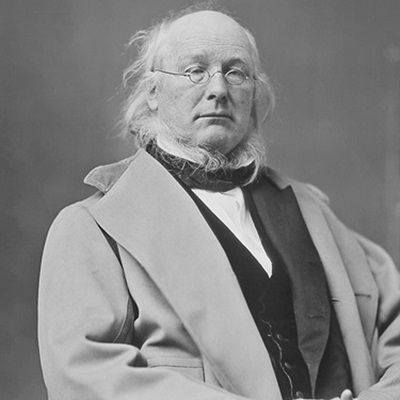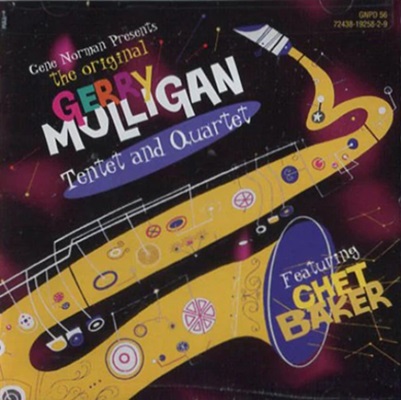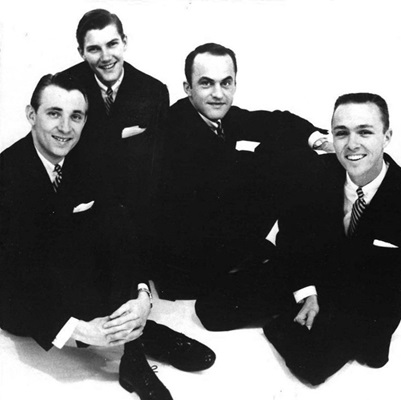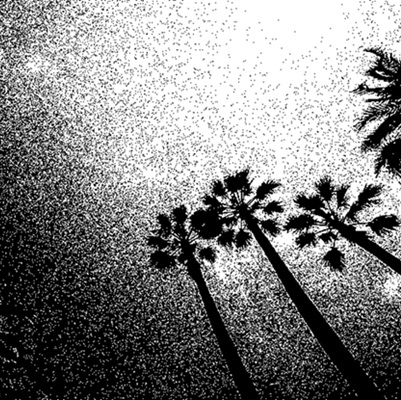MONK WAS RIGHT
( A letter to Thelonius Monk )
Dear Thelonius,
I first heard you
In the darkness of stinky music rooms, toe-tappers’ tombs
where out-of-tone tunes played,
and where you prayed to the God of old blue smoke
to please choke the life out of those who said jazz was a joke,
dreamed up by folks whose minds were encrusted, undusted,
not to be trusted with their flakey thoughts in their spacey heads,
which, heavy as dead lead, lay on torn silent acetate sheets
littered with sharp shards of shattered musical notes that scratched their skin
trying to smother the curiosity trapped within,
eating indifferent crumbs left by audiences feasting on funky handfuls of
stale intellectual crackers which they scattered like frantic finger-popping roaches
that scampered across the mattresses of the world’s old, lumpy, collective conceptual beds.
Thelonious,
You watched as people misunderstood you
whose underused brain muscles hurt like the ones in their ass
when they sat for too long on seats made of fiberglas
on the number 5 bus at 4 A.M.
across from 3 half-drunk kids who knew more about Dowop
than Bebop and had 2 cents between them,
cursing out the 1 lone, cynical driver
who’d rather pass gas than treat them with any class
or care when they emptied their last glass
or breathed their last gasp,
or wonder where their stop is,
or – God forbid – ask.
Thelonius,
You staggered down ignorant streets wet with sweat
dripping from the furrowed brows of foreheads concealing brains
not allowed to think in the abstract
or subtract tired old musical facts that were
written on the tacky backs of flowered shelf paper
pasted inside the mental medicine cabinets of bored, middle-class white people,
who were drinking over-priced watered, flat shots from fifths of cheap Scotch
listening to flatted fifths playing from inside a tenor saxophonist’s hot crotch,
trying not to watch while he tried to control his nervous artist’s twitch
or scratch an improvisational itch which ( and here’s the hitch )
he coudn’t reach. ( ain’t that a bitch?)
until he finally sighed, cried, and eventually died,
as his heart bled all over the dry reed in the mouthpiece of his horn
where his ideas were supposed to be born,
when all he really wanted to do was blow riffs and musical kisses,
like Sonny’s or Duke’s or Bird’s or Diz’s.
Thelonious,
What’s that you were doing, some kind of dance?
Did they hate it in America? Did they love it in France?
Did they say you were just some nut with ants in his pants,
a wannabe savantabe in a psychotic trance?
Did the public toss you withering glances
while the critics offered you no second chances
as they tried to keep pace by filling blank space and saving face smugly writing while hiding
behind effected strained stansas
stuffed with pompous observations no hipper than a farmer with a banjo in Kansas.
Thelonious,
I visited clubs that you haunted and felt like a ghost in,
while suspended in space as if hanging by clothespins,
like a cheap sink-washed shirt drying in the hot city air
flapping in a wind that blew in from God knows where
places far away that you’d never been to
’cause they weren’t scenes you’d ever been into,
when you’d rather be swingin’ with all of those cats
who knew who you were and dug where you’re at,
with your coocoo vignettes and weird pirouettes
half-smoked cigarettes and crumpled-up hat.
So Thelonious,
you’ll be this mad genius, is that your plan?
Hey, I can dig it, like crazy, man.
You won’t walk, you’ll stumble,
you won’t talk, you’ll mumble.
in the face of your greatness
you’ll be non-verbally humble
You won’t speak with everyday words,
you’ll use weird voicings and harmonies to get heard,
played from charts you’ve written in crayon
from a soul of pure silk
for a crowd made of rayon,
with everyone wondering what prayer rug you pray on
while enduring the bed of aesthetic nails that you lay on.
Like a Crow pecks for food in a musical cornfield
you’ll peck for the truth asking:
How do the horns feel?
and what does the bass think and are all of the reeds
being blown with the funk and the flava they need
to convey all the colors that explode in your head
before they burn through your soul and leave you for dead.
And now, Thelonious,
in the years since you’re gone,
the musical mountains you moved are the ones I still climb on
With your stiff stick-like fingers you slapped at the keyboard
spreading torn-cornered coolness from seaboard to seaboard
It must have been hard for you, a child in the cold
alone in a dark backyard with noone to hold
But like a man wears a wig when he loses his real hair
your ballet grew sick so you danced in a wheelchair
And nobody minded that you were losing your grip
’cause we were all blinded by how brilliant and hip
you remained as you blew to your final goodnight,
and proved they were all wrong
because Thelonious, you were right






